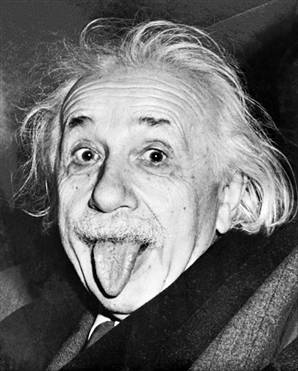Why Some Children Become Exceptionally Talented

Have you ever seen an seven-year old child playing the piano?
Then listen to the same eight-year old playing the piano.
And then that child struggles on to become a nine-year old playing the piano.
And then he moves on to ten.
And then suddenly at eleven, something magical happens
The clunky sound disappears from the playing.
Suddenly, there’s flow and rhythm.
And you sit up in awe, saying: “What a talented child.”
And you’d be wrong.
Because talent has little or nothing to do with it.
Ben Zander, celebrated conductor of orchestras, and trainer shows you exactly what’s happening from the age of seven, eight, to nine, then on to ten. And finally what happens when the child becomes eleven?
The teacher hasn’t changed.
The method of teaching hasn’t changed.
So what did change?
Why does the child begin to play like a dream?
It’s a factor of impulses, says Ben Zander.
When they first start playing, children put an impulse on every note.
When they continue playing, children then put an impulse on every second note.
And if they persist, they then put an impulse on every fourth note.
And by the time they’re ten (and four years into training), they put an impulse on every eight note.
And then it happens…
The eleven year old plays music that makes you sit back in awe.
But what’s really happening?
Layering. That’s what’s happening.
When we learn a language, we learn to recognise sound.
Then we learn a word. Or two.
Then we’re able to string a sentence.
Then we’re able to add grammar, and make the sentence grammatically correct.
Finally we have enough layering, to not exactly pay attention to every word.
Every impulse.
We speak languages.
We rarely turn to an eleven-year old and say: Oooh, you speak such fine English.
You must be soooo talented in English.
And yet, English is a difficult language to learn. But learn it we all do.
The point is: If we’d given up speaking in our first year, or second year, or third year, we’d lose the ability to learn the language. The layering has to happen. Otherwise, we stop learning.
People consider talent to be innate.
But a core part of talent is mere layering.
One over the other, over the other.
And suddenly a child plays the piano with mastery.
We speak languages fluently.
And an ex-cartoonist (that’s me) starts talking about marketing and brain stuff.
We fail to become talented because we fail to layer.
We’re stuck at the basic impulses, instead of progressing onwards.
We’re just seven year olds hacking away at the piano.
That’s all we are!
Note: Look at this video (yes again). Because by the time you get to 2:30, you’ll see how Ben Zander explains the concept so eloquently. Yup, 2 minutes and thirty seconds should show you all you need to see. But watch the full video if you wish to, as well (I’ve watched it no less than eight times already) As you can see, I’m layering too 🙂

